In life and certainly, in nature, each species on earth has its unique role to play in maintaining an extensive environmental balance. Every year May 3 is celebrated as International Leopard Day in order to increase awareness of the importance of this species, This is a day to commemorate leopards and raise global awareness of their plight as well as the risks that leopard populations face.
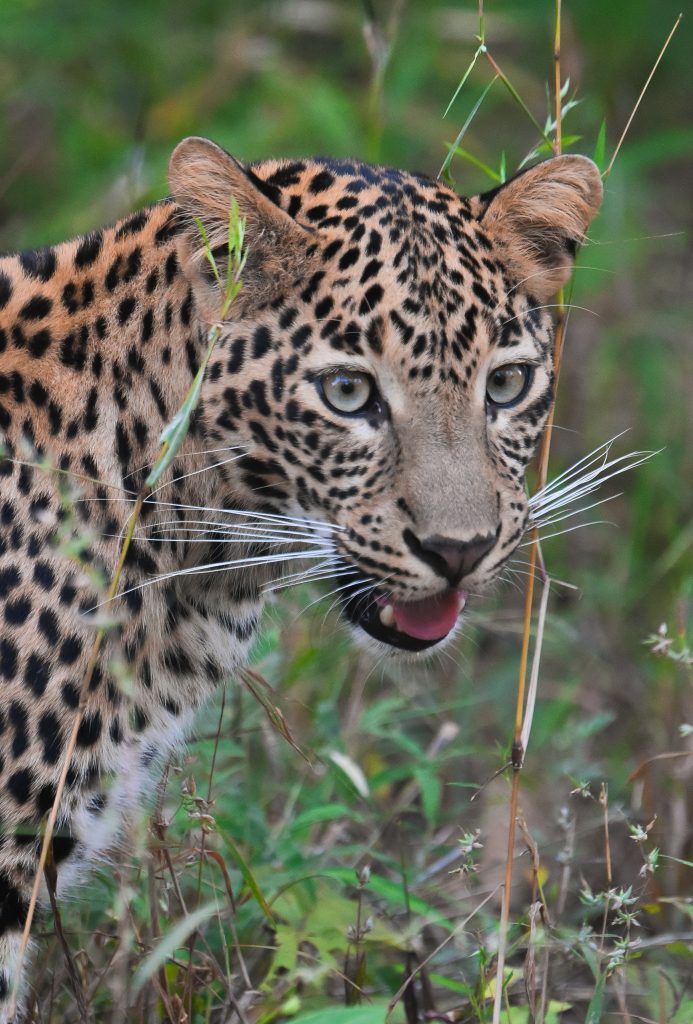
Leopards are solitary animals and spend most of their time being and surviving alone. The Live Nagpur in conversation with Deep Kathikar, a wildlife enthusiast and wildlife lover has gathered more information about these solitary animals. “There are nine recognized subspecies of leopards including African, Indian, Javan, Arabian, Amur, North Chinese, Caucasian (also called Persian), Indochinese, and Sri Lankan, each unique in their own way. The species of Leopards can mainly be distinguished by Rosettes ( Fur Patterns) and size. The Leopards that are found in Central India are mainly sighted on the rocky hills or rocky regions. Leopards are extremely adaptive in nature. Generally, Leopards are shy animals and prefer to stay camouflaged in dense forest regions.”
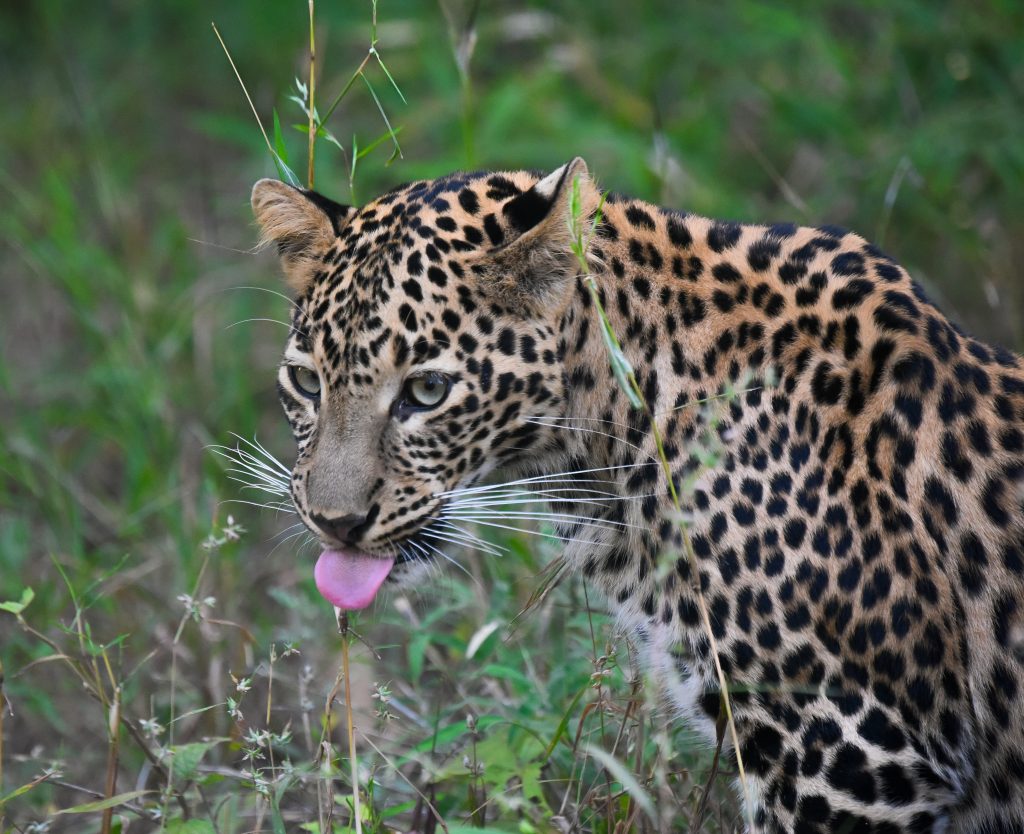
The wildlife enthusiast continued by saying “ Average weight of a full-grown female is 35-45 kg, and male is 50-70 kg. Leopards have very strong claws and jaws. Their bite is extremely powerful. Leopards usually like to sit and sleep on trees that are good in height. Leopards are excellent climbers. In fact, their climbing capability also is the key reason for their survival. Whenever any Leopard jumps off from a relative height, it lands on its limps which are surprisingly strong.”
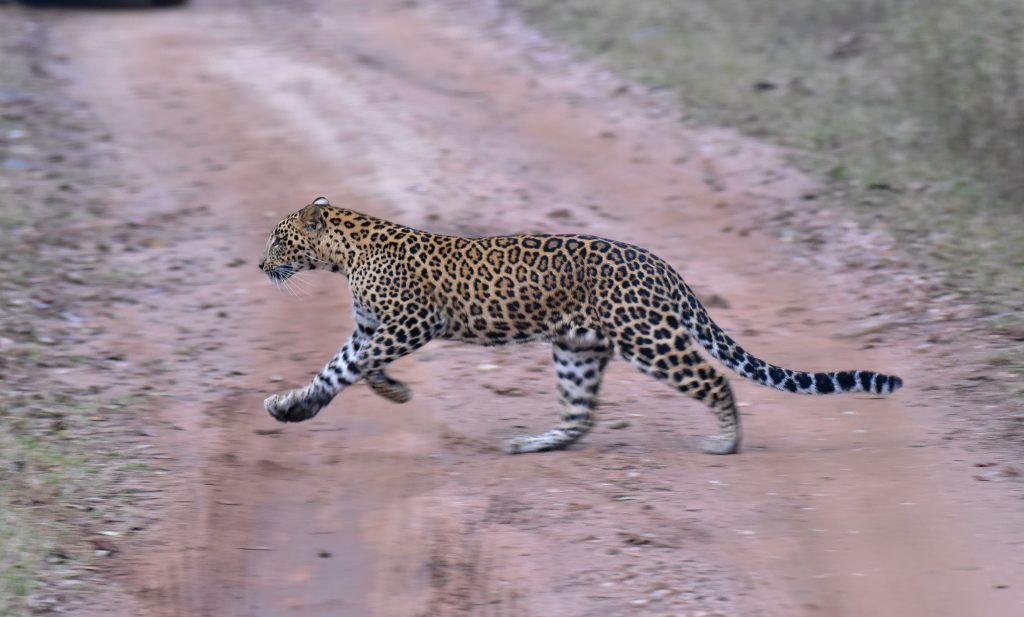
While discussing about the hunting skills of this nocturnal predator, it was learnt that a Leopard’s hunting strategy is 90 percent stealth which means it is secretive, well-camouflaged, and silent. It hunts by stealth, stalking its prey with patience until close enough to pounce, taking it by surprise. To protect its kill from other predators, the leopard carries it up into a tree or drags it amongst rocks or under a dense bush. Interestingly, Leopards have been known to leave very beautiful and neat pug marks.
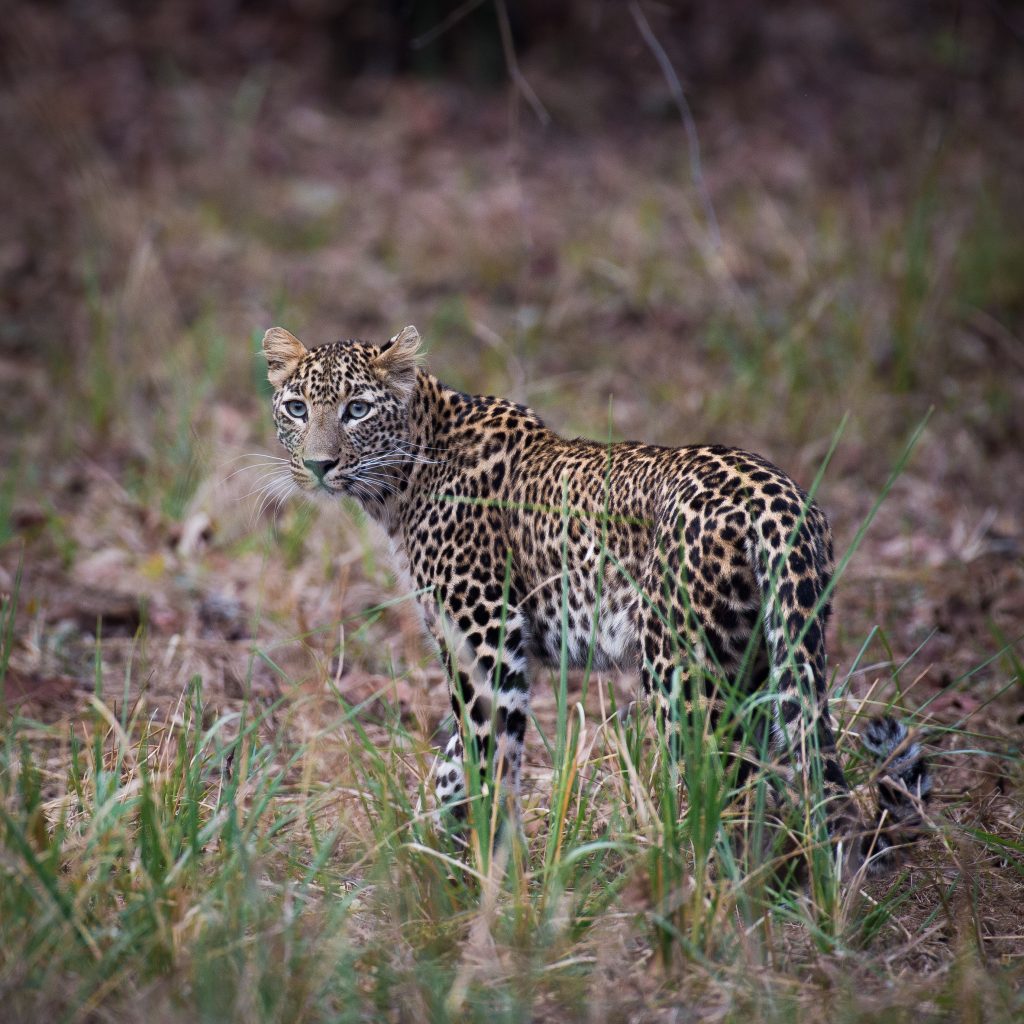
Leopards are the one alongside the other exciting varieties of cats that we know of. However, there is another category of leopards whose skin shines bright black. The black Leopard’s black coat coloration is due to the expression of recessive genes, while jaguars’ coat coloration is due to dominant alleles. A specific set of alleles induces the creation of huge amounts of the dark pigment melanin in the fur and skin of each species. Individuals with entirely black coats are uncommon, despite the fact that melanin concentrations vary widely among members of the same litter.
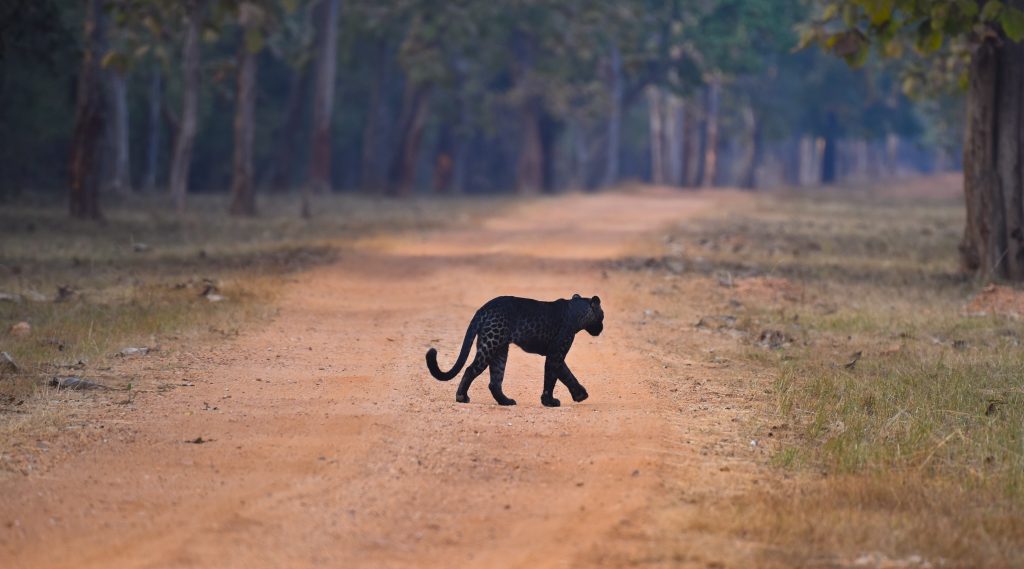
Deep concluded by adding “At present, the Tadoba Andhari Tiger Reserve (TATR) has 4 black Leopards and Pench Tiger Reserve has 2 black Leopards, one male and one female. The presence of the black Leopards is not a piece of good news for the wildlife world and for wildlife conservationists.”
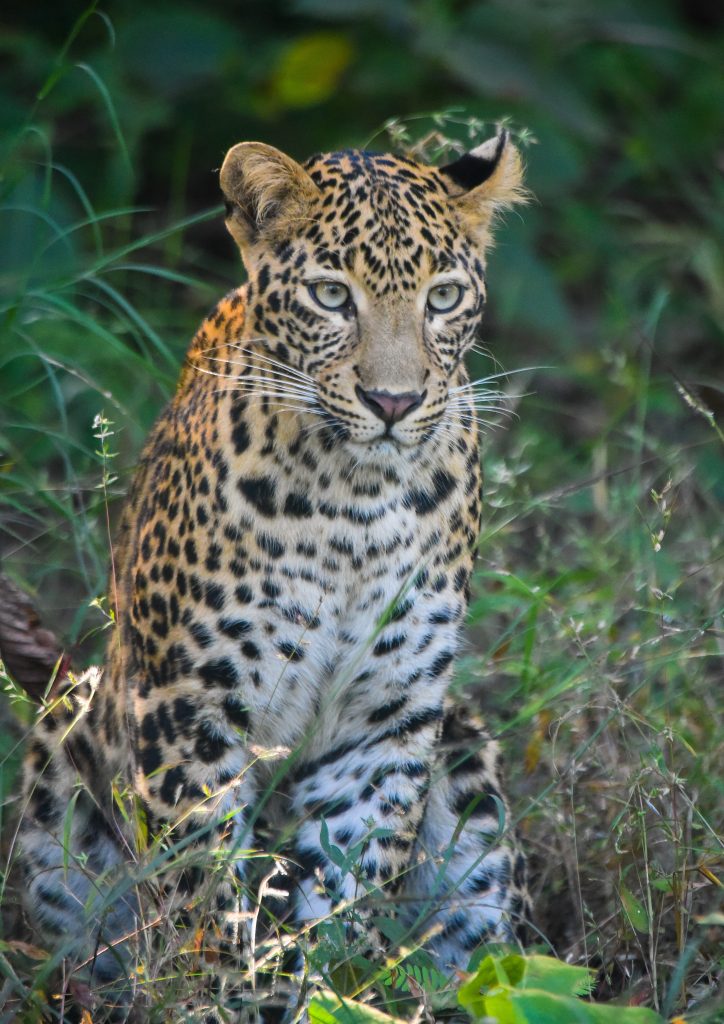
Picture Credit: DEEP KATHIKAR
👉 Click here to read the latest Gujarat news on TheLiveAhmedabad.com




